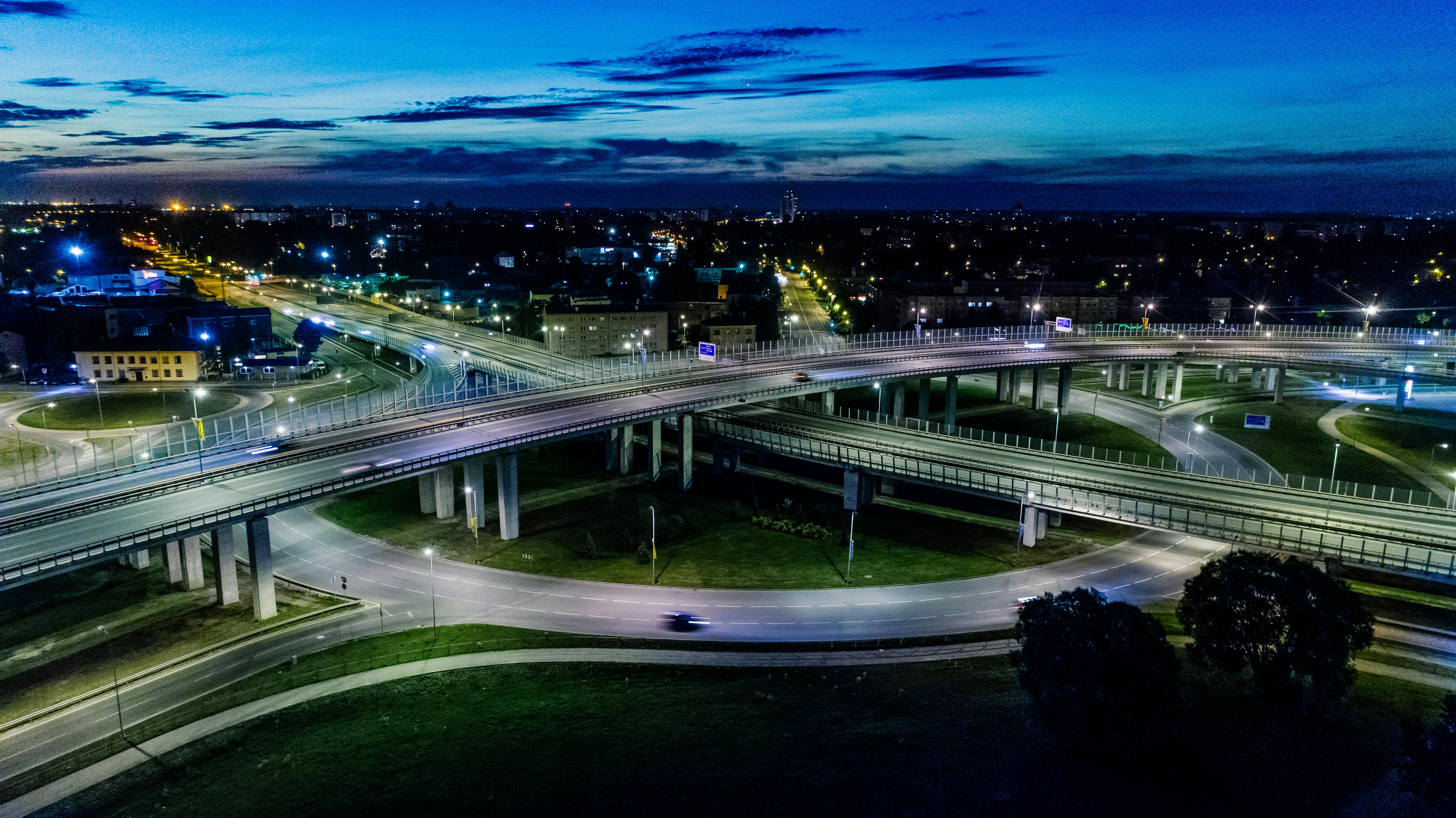“Green” is the latest buzzword in the HVAC industry. These systems were designed to heat, cool, and ventilate air, but this added comfort came at a cost. When the chemicals used were found to be harmful to us and the environment, steps were taken to eliminate them and use more environmentally friendly materials. In this article, we will take a look at what exactly HVAC means and how it can be done in a more environmentally friendly way.
What is HVAC?
HVAC is an acronym for heating, ventilation and air conditioning. The three functions are closely related. Heating and air conditioning are used to control the temperature of an indoor environment. The vent can control airflow for both heating and air conditioning. However, ventilation also includes many more tasks.
Ventilation
In addition to distributing air that has been heated or cooled, ventilation can encompass all processes for exchanging air within a given space. Ventilation may be necessary to:
– Upgrade oxygen supply
– remove carbon dioxide
– Eliminate bacteria
– Reduce humidity
– Prevent odors
– Dusting
– Circulates natural heat
For many buildings, heating and air conditioning are centralized. That means it happens in one place and spreads throughout the vents. In some modern buildings, ventilation is not forced but natural. Modern skyscrapers work by allowing hotter air to escape from the top of the building while drawing in cooler, fresher air from below. This type of natural ventilation is considered to reduce the burden on the environment.
HVAC systems and the environment
Speaking of environmental impact, you may have heard a buzzword associated with HVAC called CFCs (chlorofluorocarbons). Actually, there is a long history of this problem due to the impact on the ozone layer and ultraviolet rays. However, these harmful chemicals were not known to cause a problem for more than 40 years.
Before CFCs, chemicals used for refrigeration were often flammable or harmful to breathe. In 1928, Thomas Midgley, Jr. introduced CFCs. This was an improvement at the time. However, in the 1970s it was discovered that CFCs damage the ozone layer. Today, harmful CFCs are being phased out of HVAC systems. Most of the harmful substances have been phased out as of 2010. However, there is a second class of less harmful CFCs that will be phased out by 2030. The agreement to phase out CFCs began as the Montreal Protocol. To date, all members of the United Nations have signed it. In total, 196 countries have participated.
What does all this mean to you? When you hire an HVAC company to install, repair, or upgrade your home’s system, you can make “green” choices. Most companies now offer many ways consumers can help protect their health and the environment. There are also things you can do to keep your system in good shape so it works more efficiently, saving you money and helping to protect the environment.




